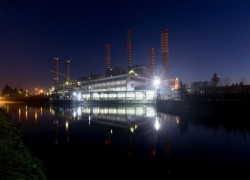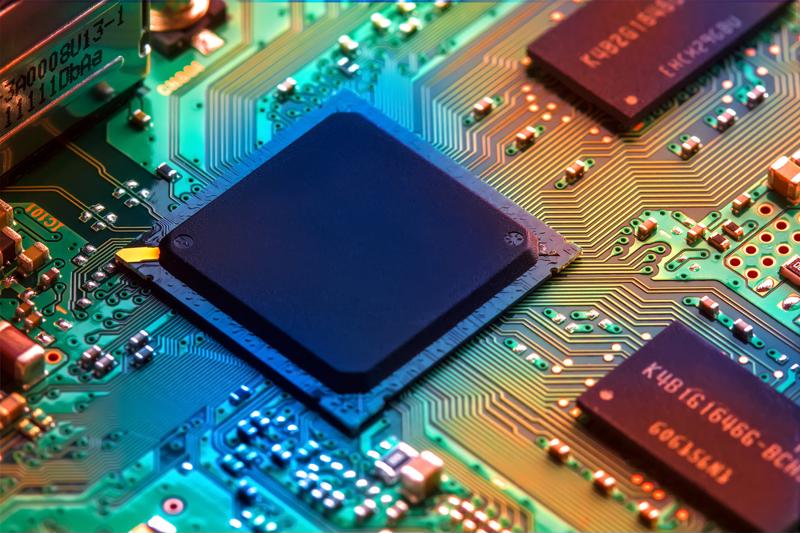How to plan for the rise of rack kW
How to plan for the rise of rack kW

Everyone knows a thing or two about Moore's Law – for instance, that it allegedly "died" last February. And yet, in October 2016 UC Berkeley discovered a material called carbon nanotubes (a.k.a. graphene), which could someday be used to create a 1-nanometer transistor gate. It appears to be an early ingredient in a possible recipe to get the law back on track.
But at the risk of falling into the rabbit hole that is the premature-or-not postmortem of Moore's Law, it's worth looking at an immediate and larger-scale way micro-processing muscle impacts information technology: data center power density. With stronger processing power comes the capability for higher-density computing. Since equipment can be made smaller, footprint is reduced. In other words, there is just as much power in a smaller space. To make the most of that space, many data centers will add more equipment, which ultimately increases rack kW.
The problem is, higher rack kW comes with its own set of challenges. This post identifies those challenges, and provides a few pointers that can help address them.
Power-feed identification woes
"A single misplaced cord can knock an entire row of cabinets offline."
For context, the average rack kW for a legacy data center is about 4 kW. By modern standards, this is low-density. For comparison:
- Medium density is anywhere from 5 to 8 kW.
- High density is 8 kW to 15 kW.
- Extreme density is anything above 16 kW.
Needless to say, the extraordinary rate at which data is being created, humanity's increasing reliance on IT and enhancements to processing power are continually pushing the boundaries of these definitions – and that's putting more pressure on data center mangers.
This is especially true for cloud and colocation providers, whose clients expect them to offer scalability. A customer's load requirements may shift within a single day. Long term, the market's expectations may also change.
In either scenario, technicians will need to add or remove new data center equipment as needed. With high power loads, a single misplaced cord can result in a short that could knock an entire row of cabinets offline. Anything less than impeccable power-feed identification and energy distribution could precipitate costly downtime.

The need for real-time power monitoring
Significant power load demands software for facility capacity planning. Ideally, this solution would be integrated with power distribution (PDUs) units that record usage metrics in real time. This is important for two main reasons:
- On a practical level, it guarantees more accurate billing (in a higher-density data center, a 5 percent margin of error carries significantly more weight than in a low-density environment).
- For the sake of scalability, adaptability, power distribution and maintaining uptime, real-time monitoring identifies aberrations and automatically notifies staff up to the second.
Today, many data center managers are investing in intelligent PDUs that, in addition to providing real-time power monitoring, can be fitted with environmental sensors if needed. Staff can thereby monitor power distribution via a secure, web-based interface even when they're miles away from the facility. Equally important, these real-time power metrics are logged, a benefit that helps managers conduct capacity planning. In effect, data center staff have a way to monitor rack kW much more closely, as well as the ability to plan for future power loads.
Moore's law may or may not be dead or dying, but this much is certain: The high-density data center is here to stay. Rack kW will most likely increase in the years to come, and as long as data center managers are able to scale their power infrastructure to handle these new loads, they will be met with far more opportunity than risk.



